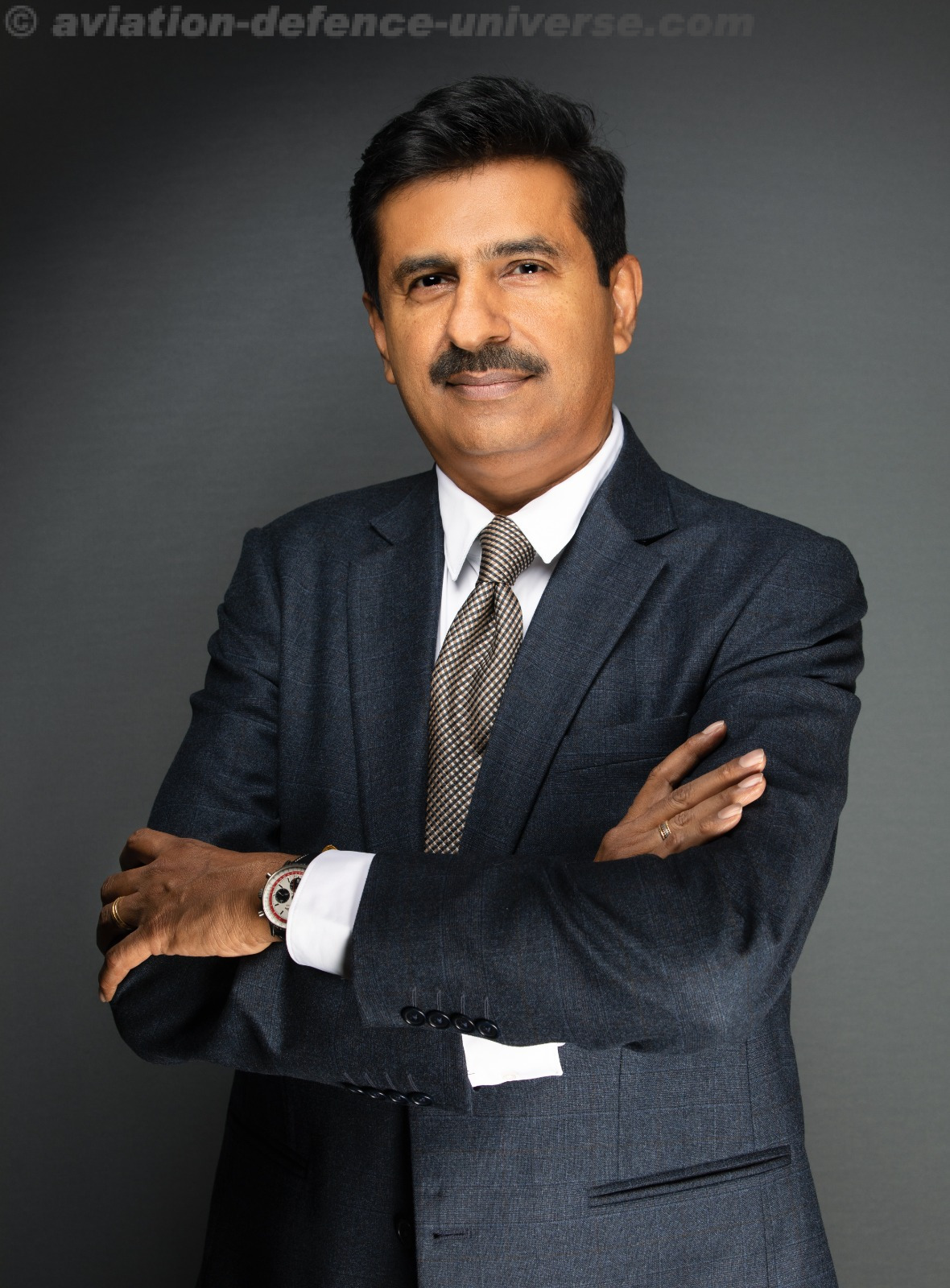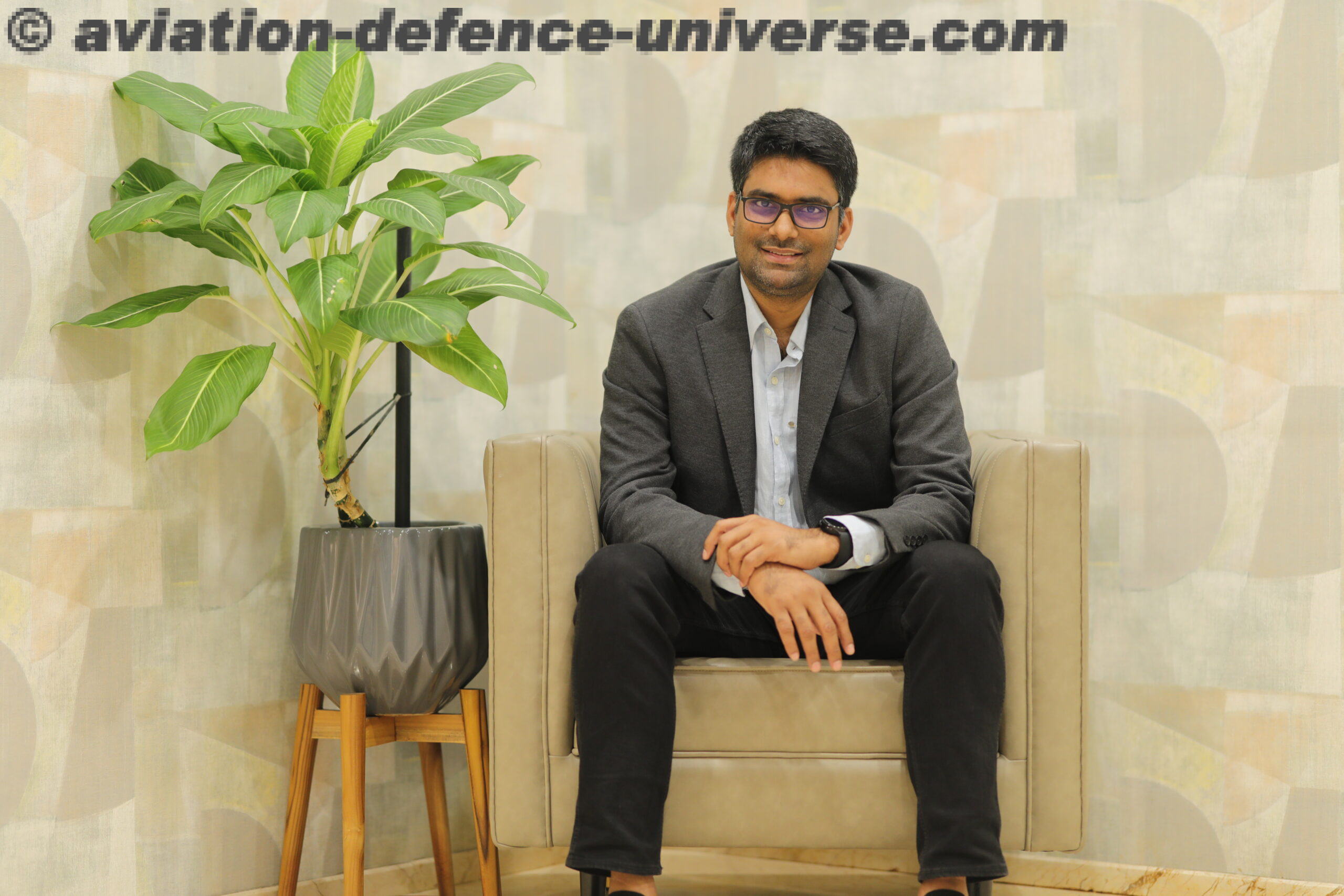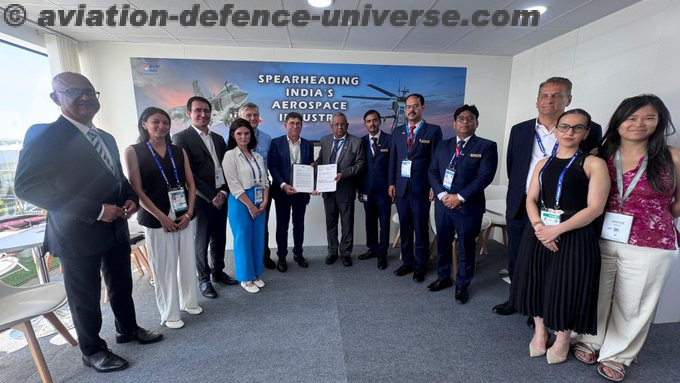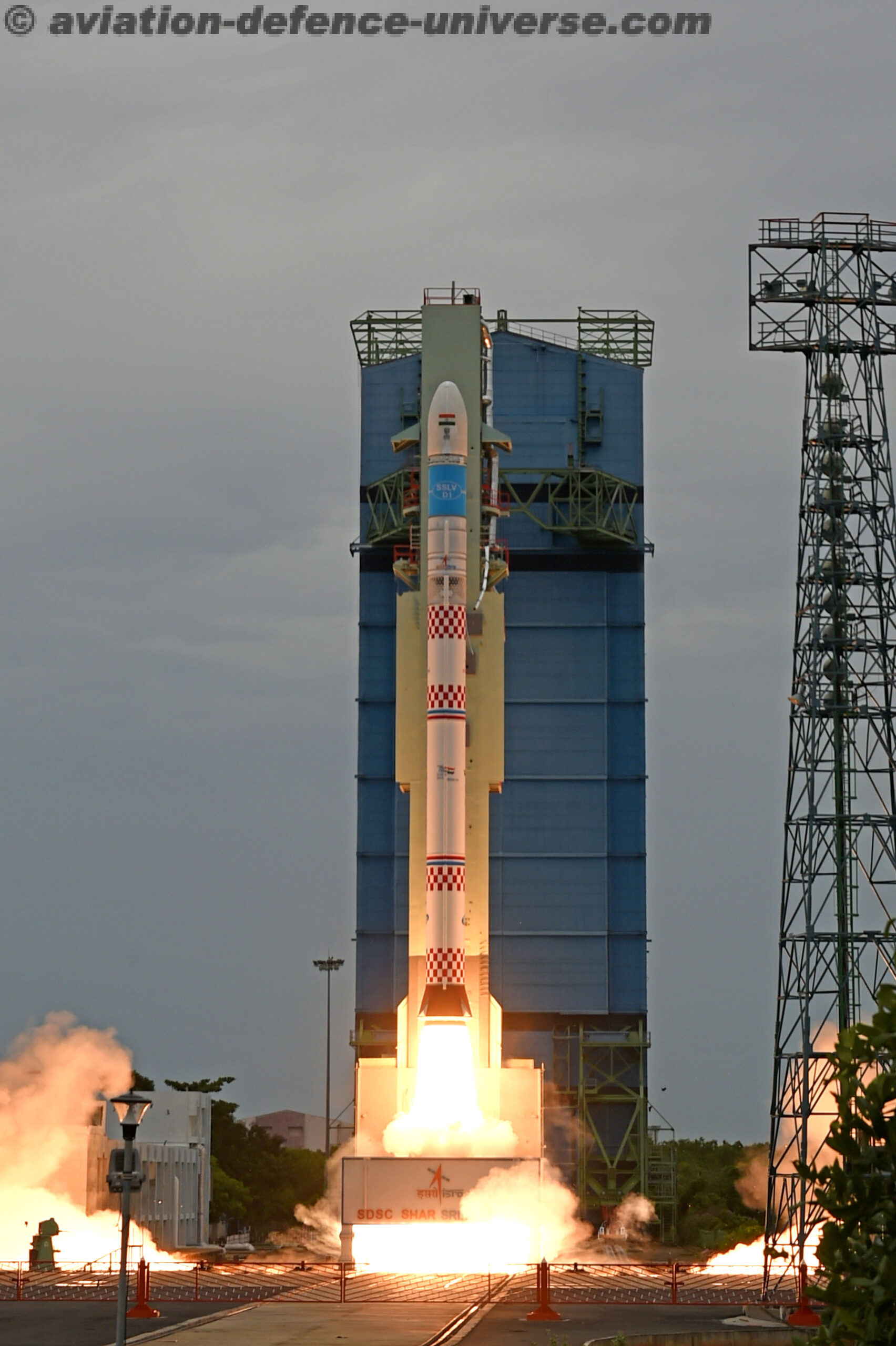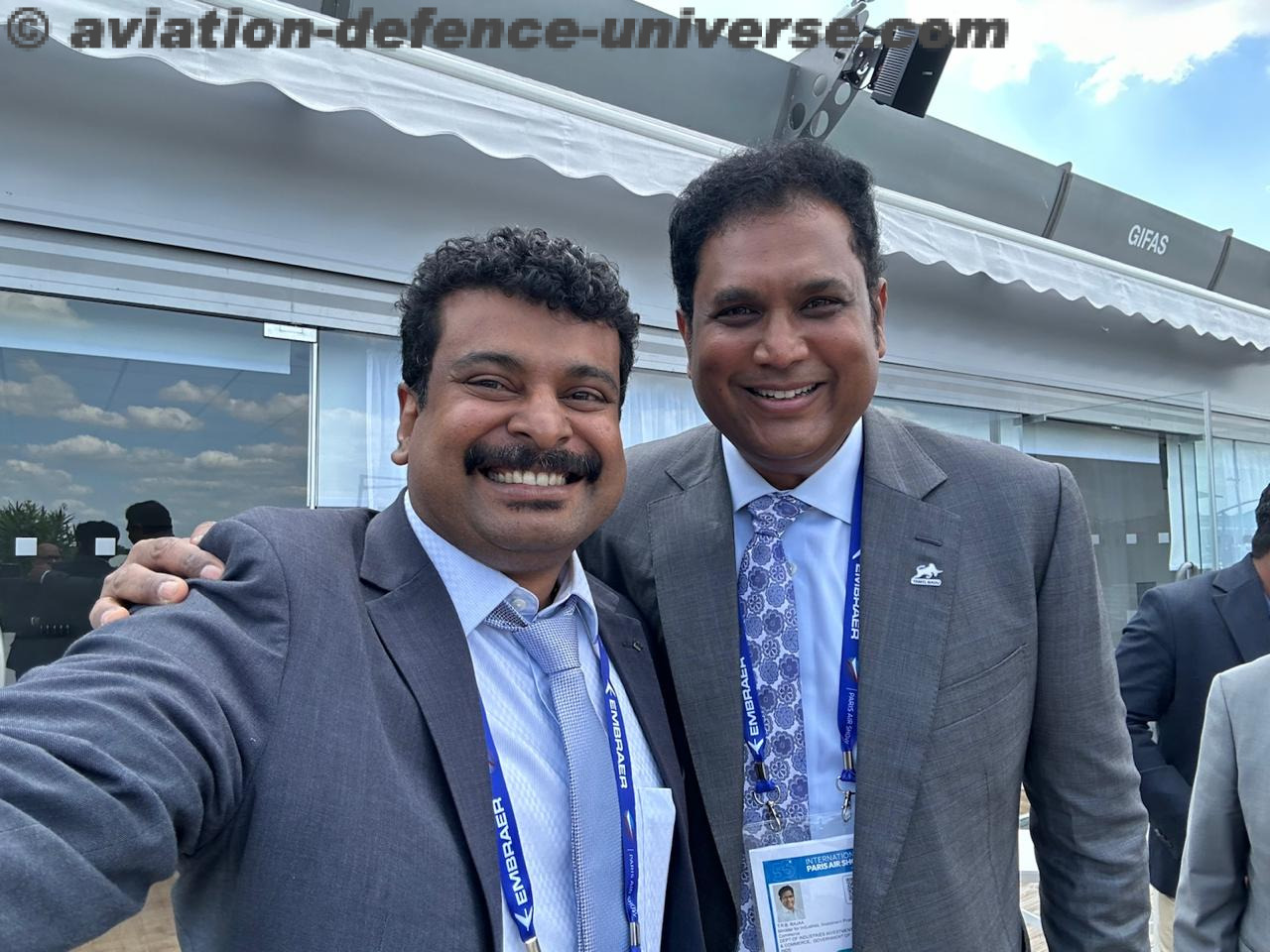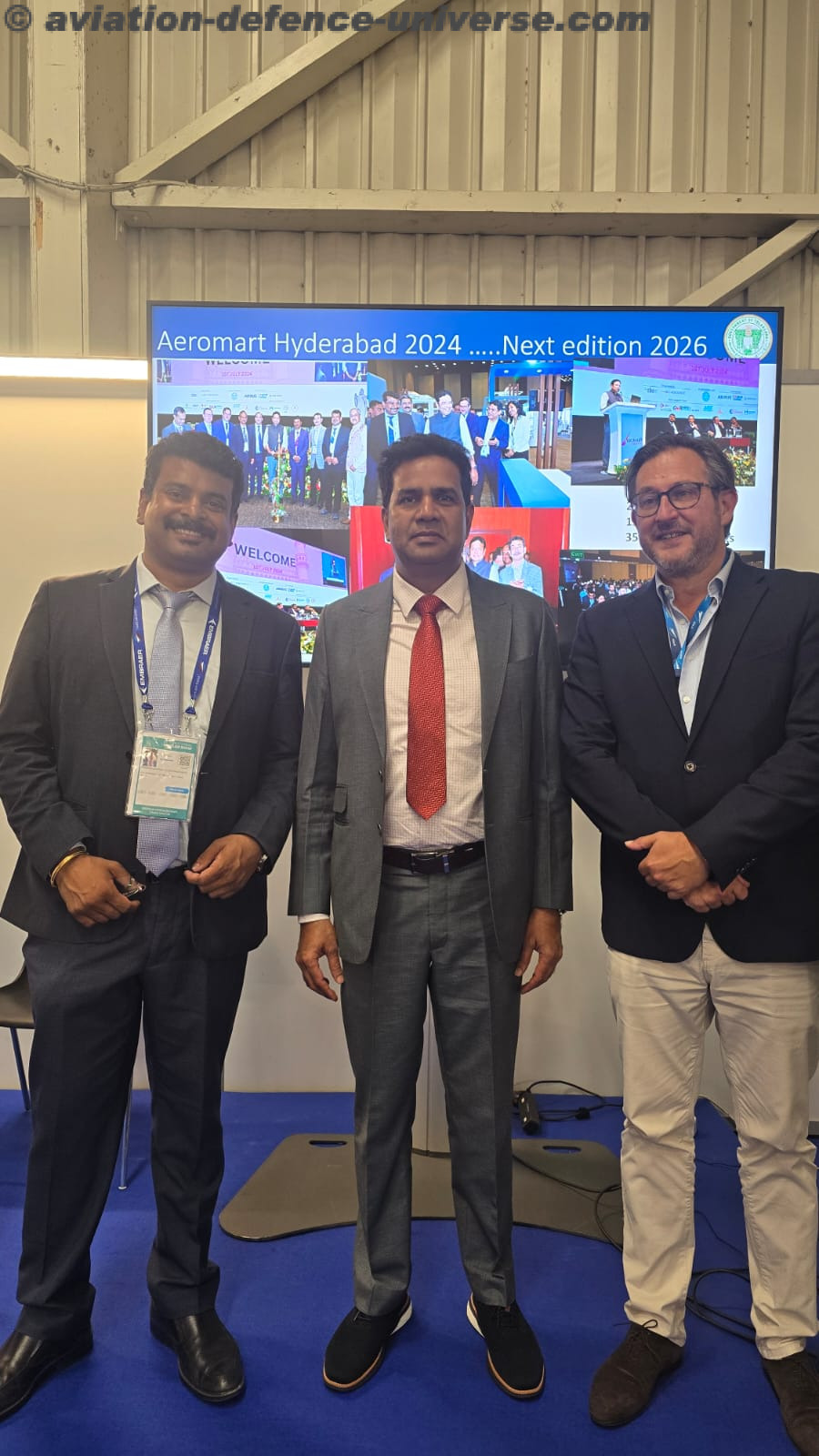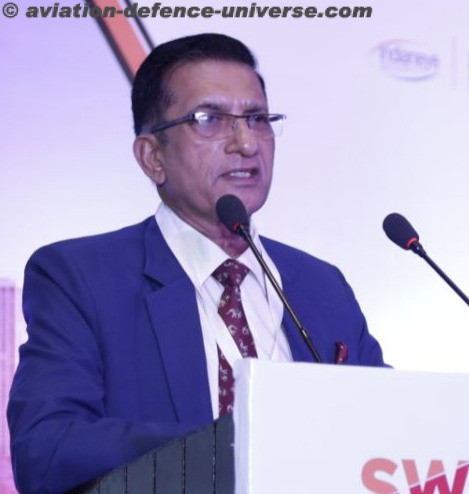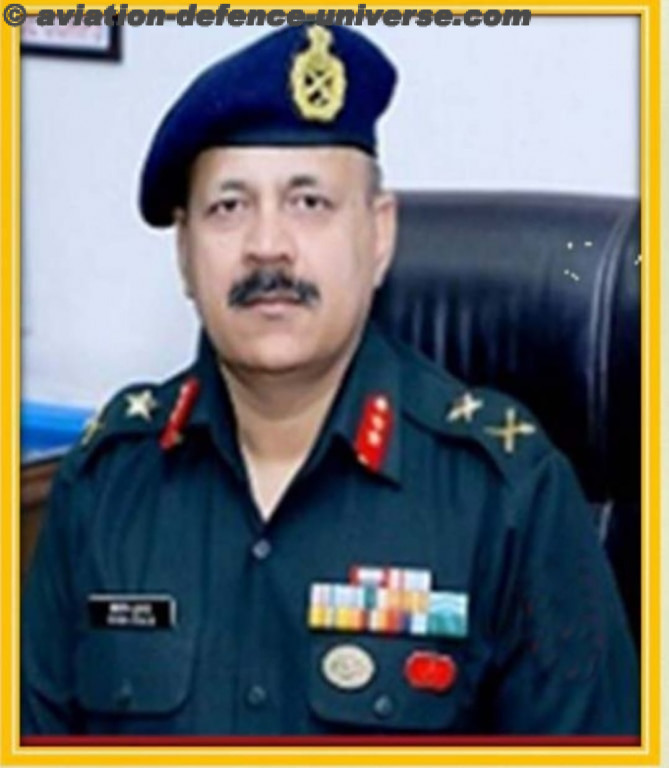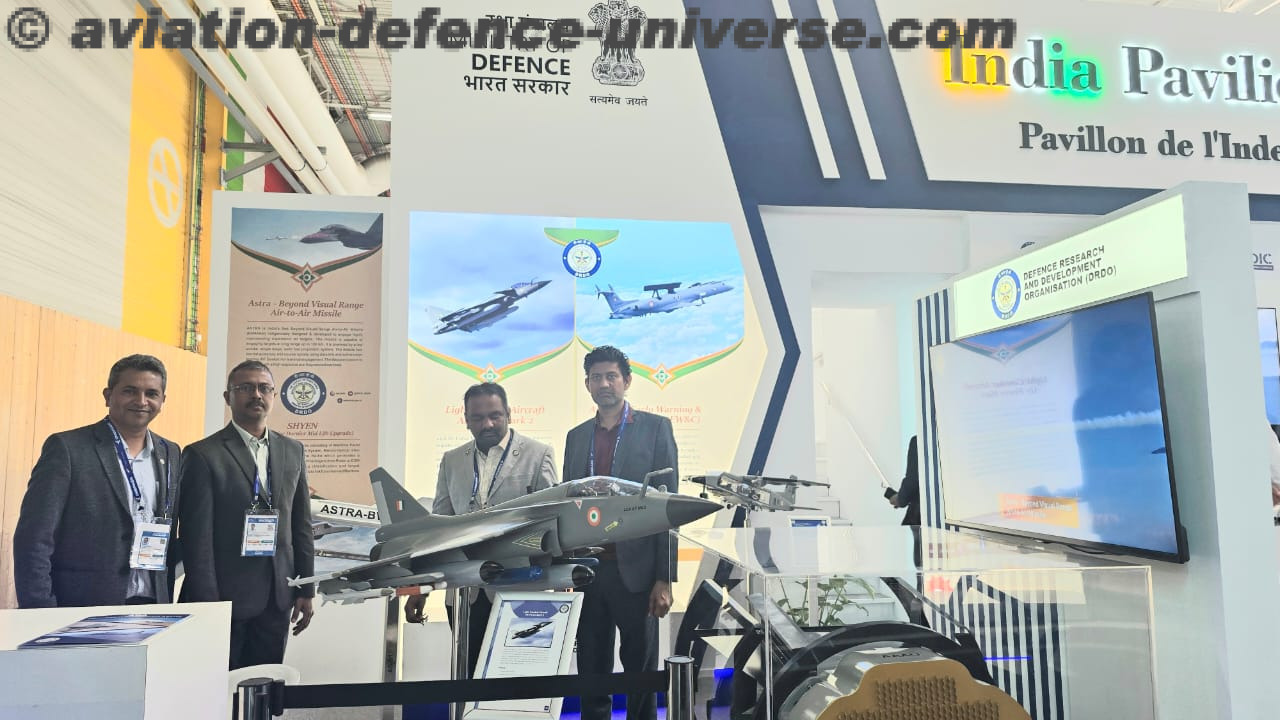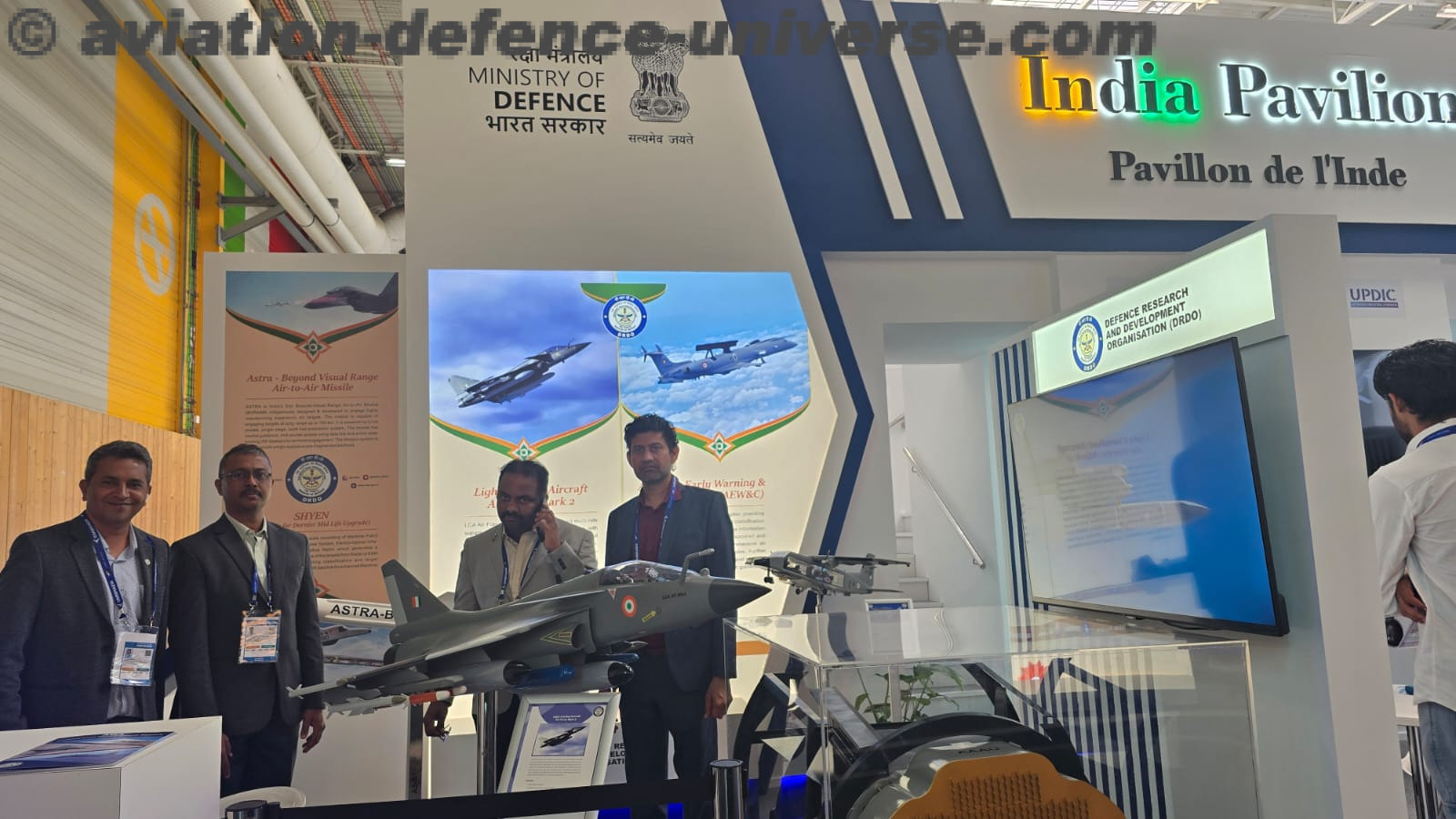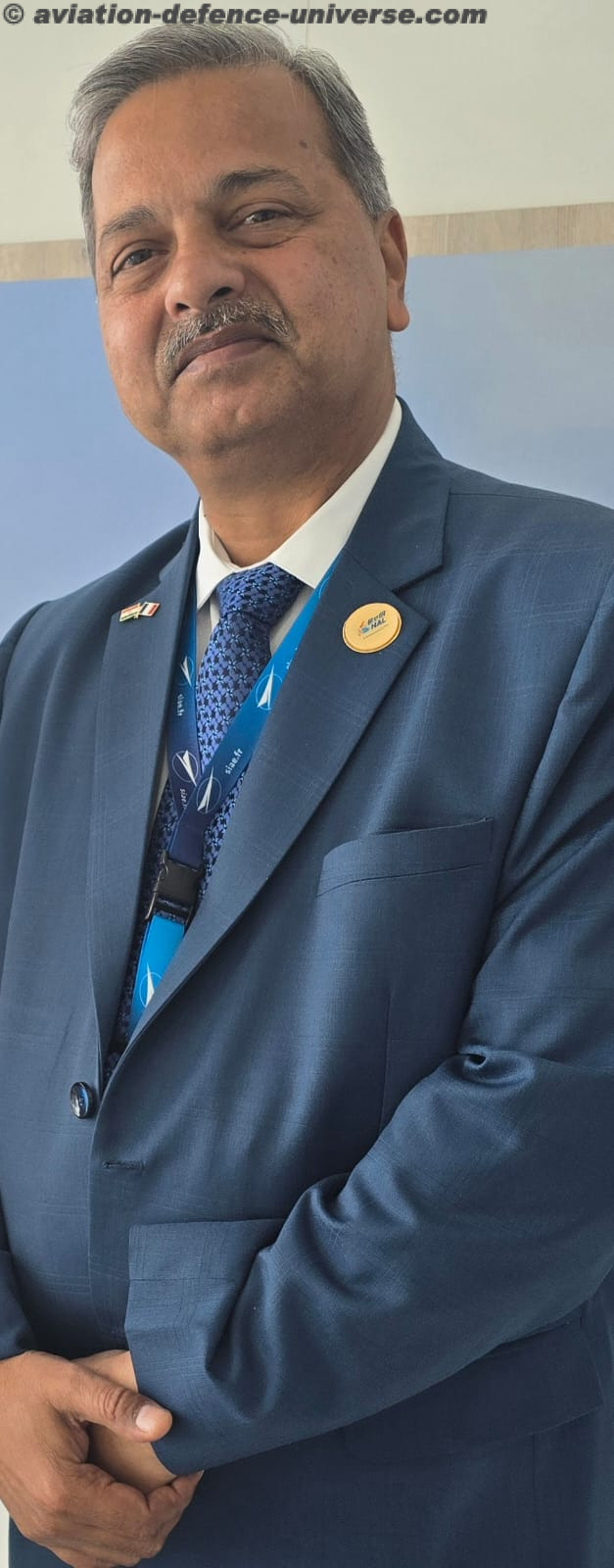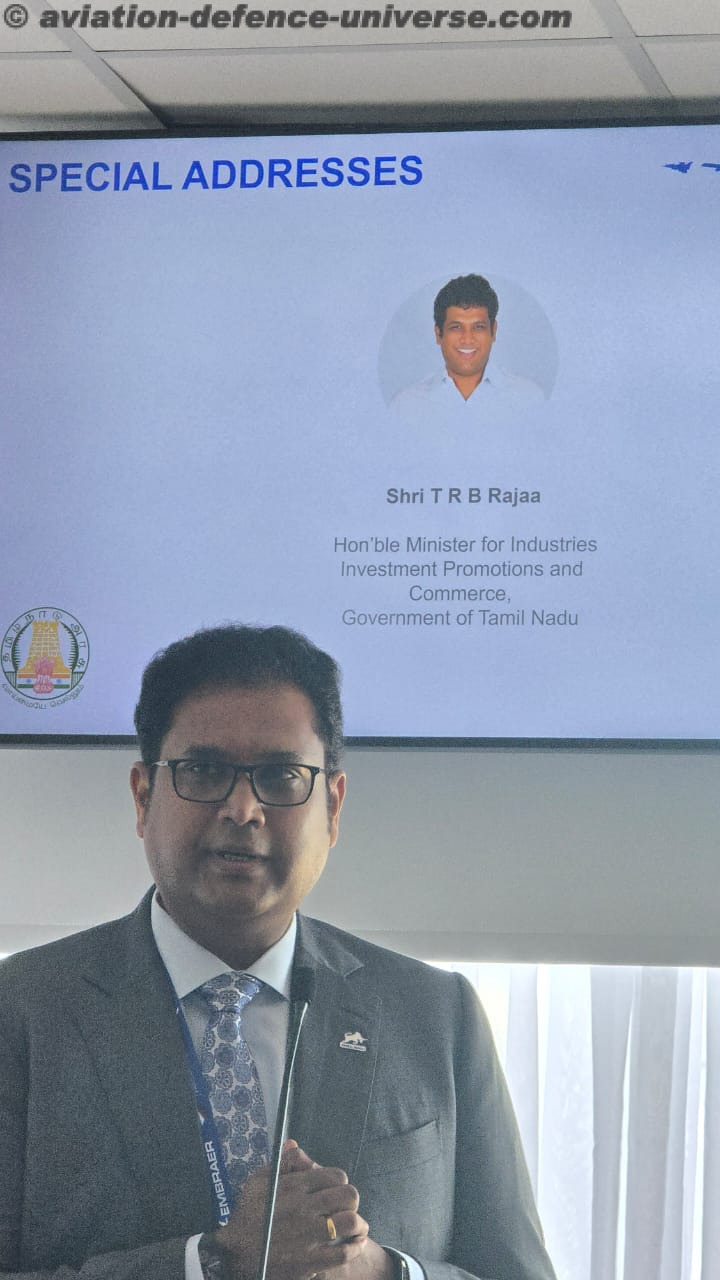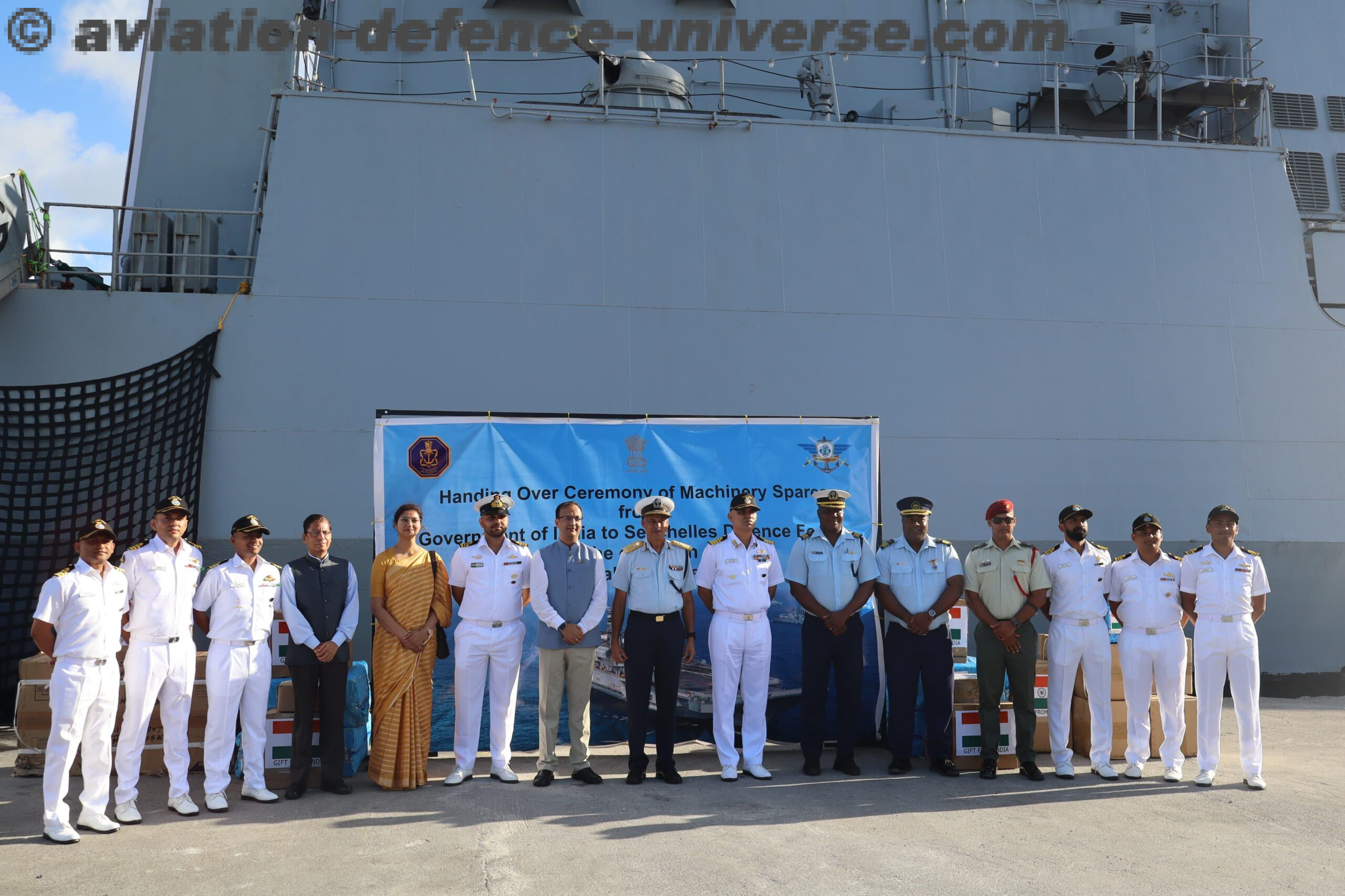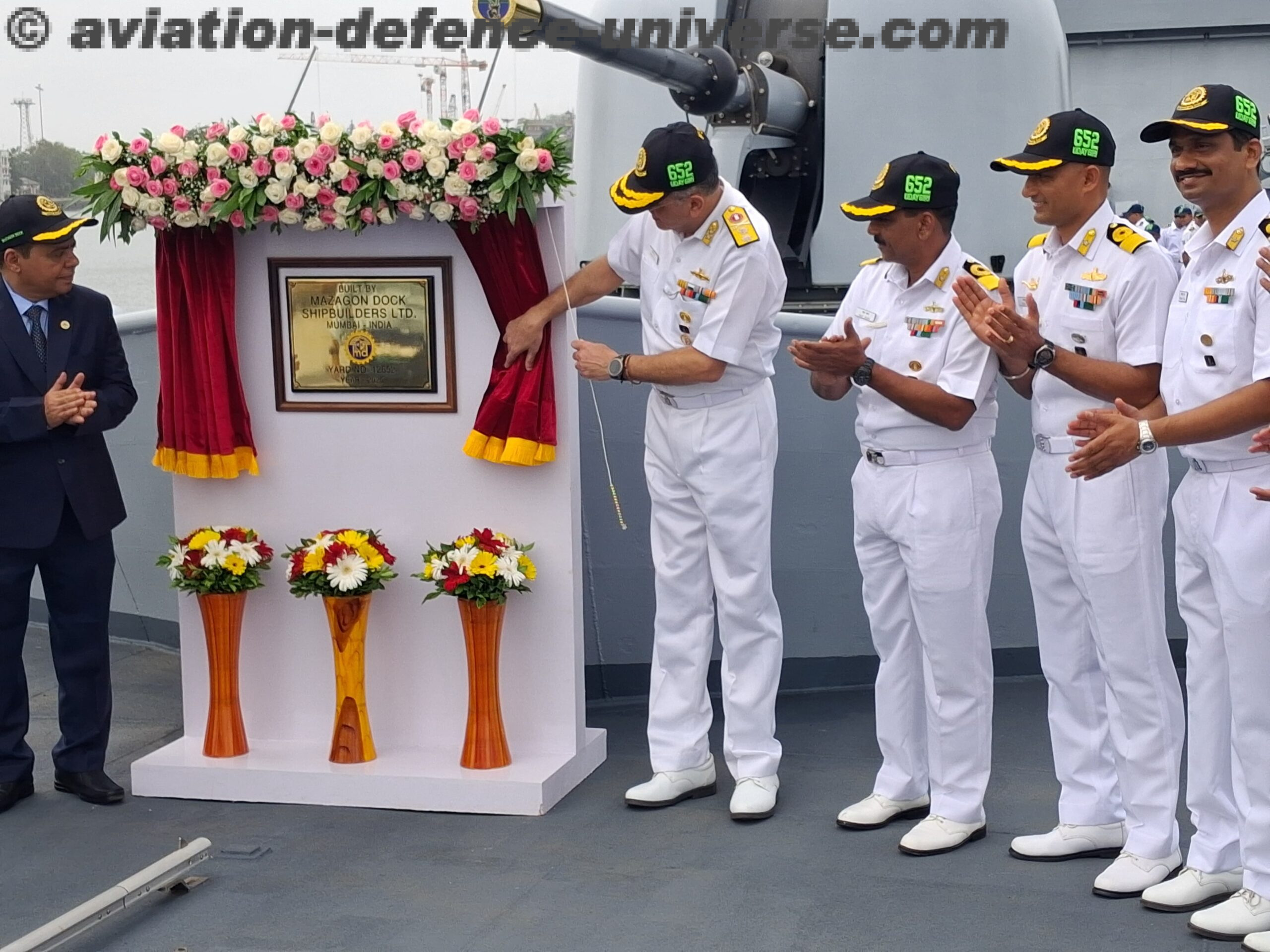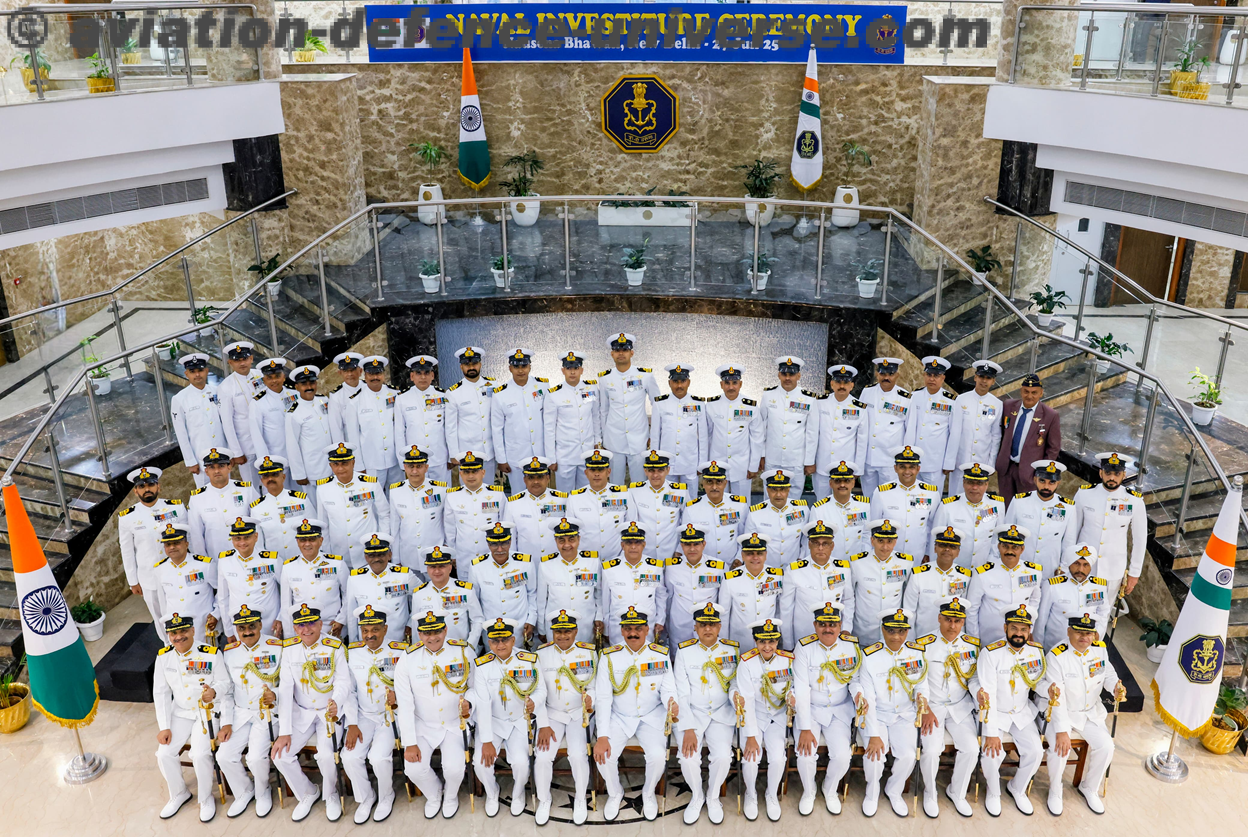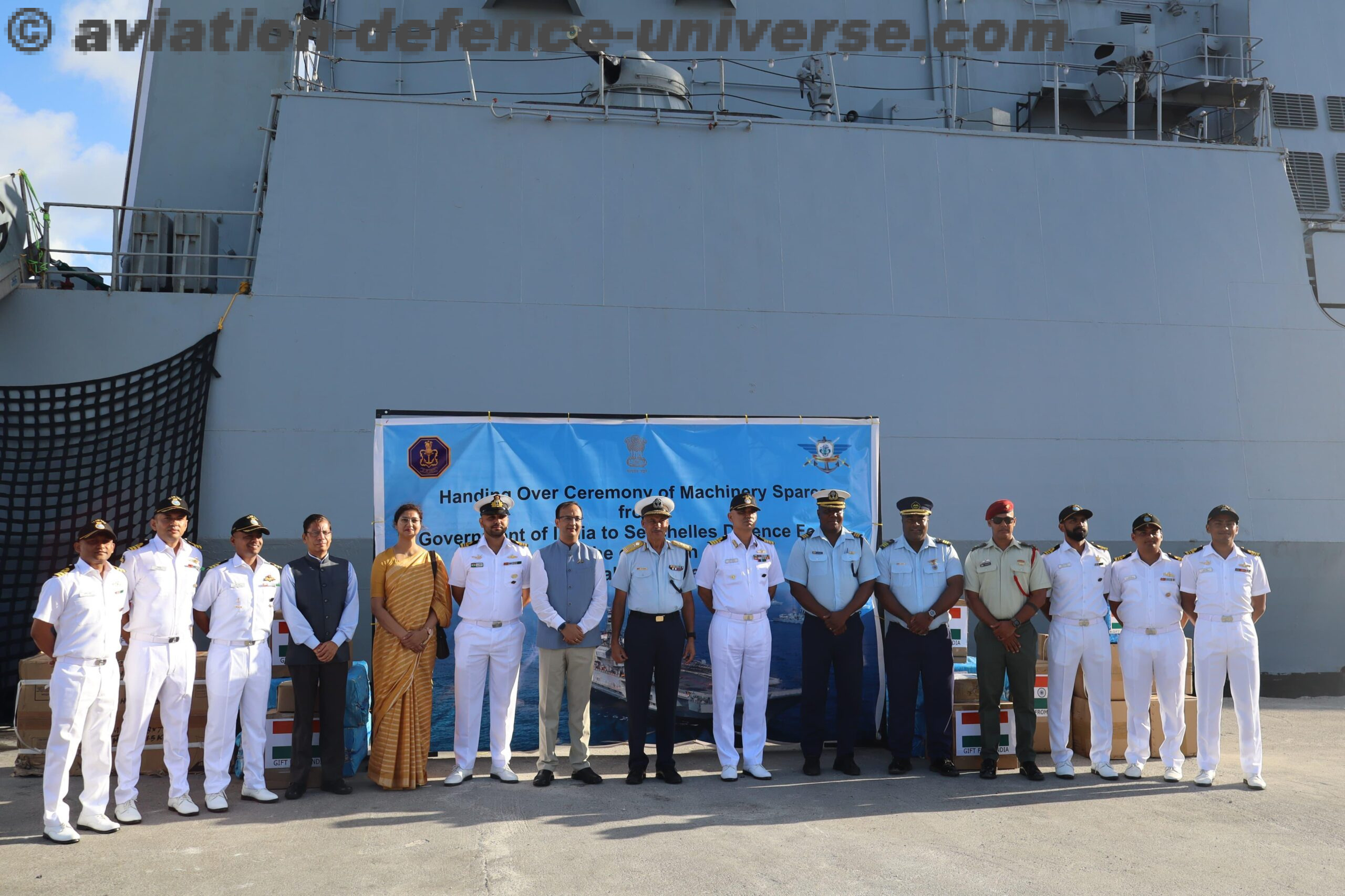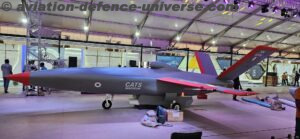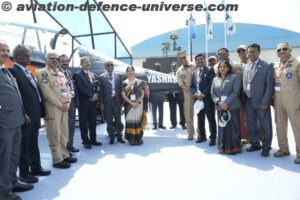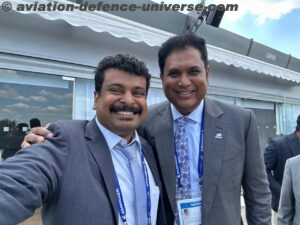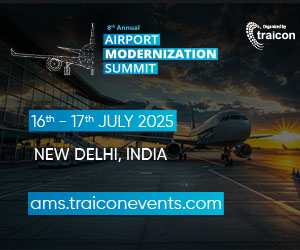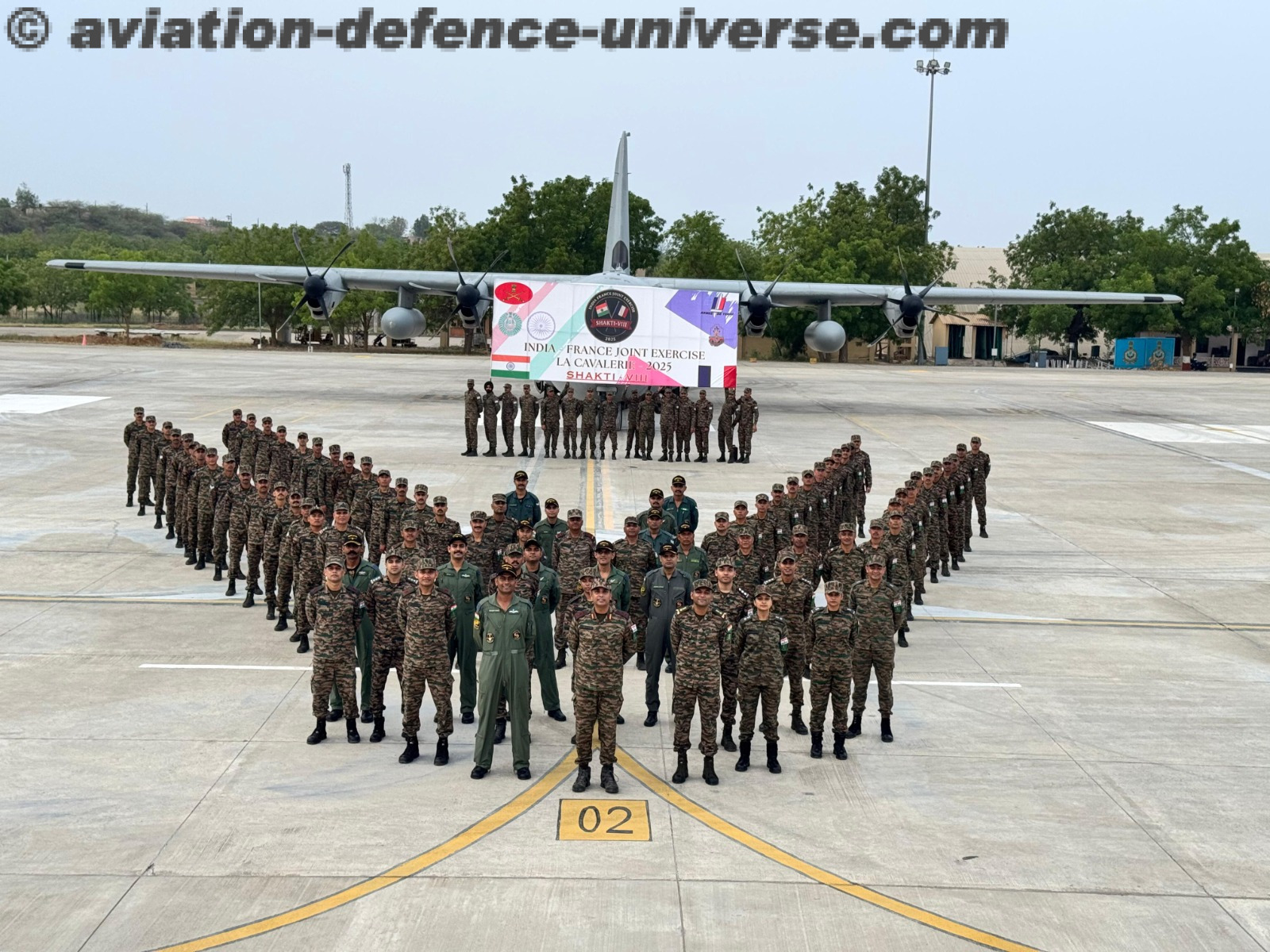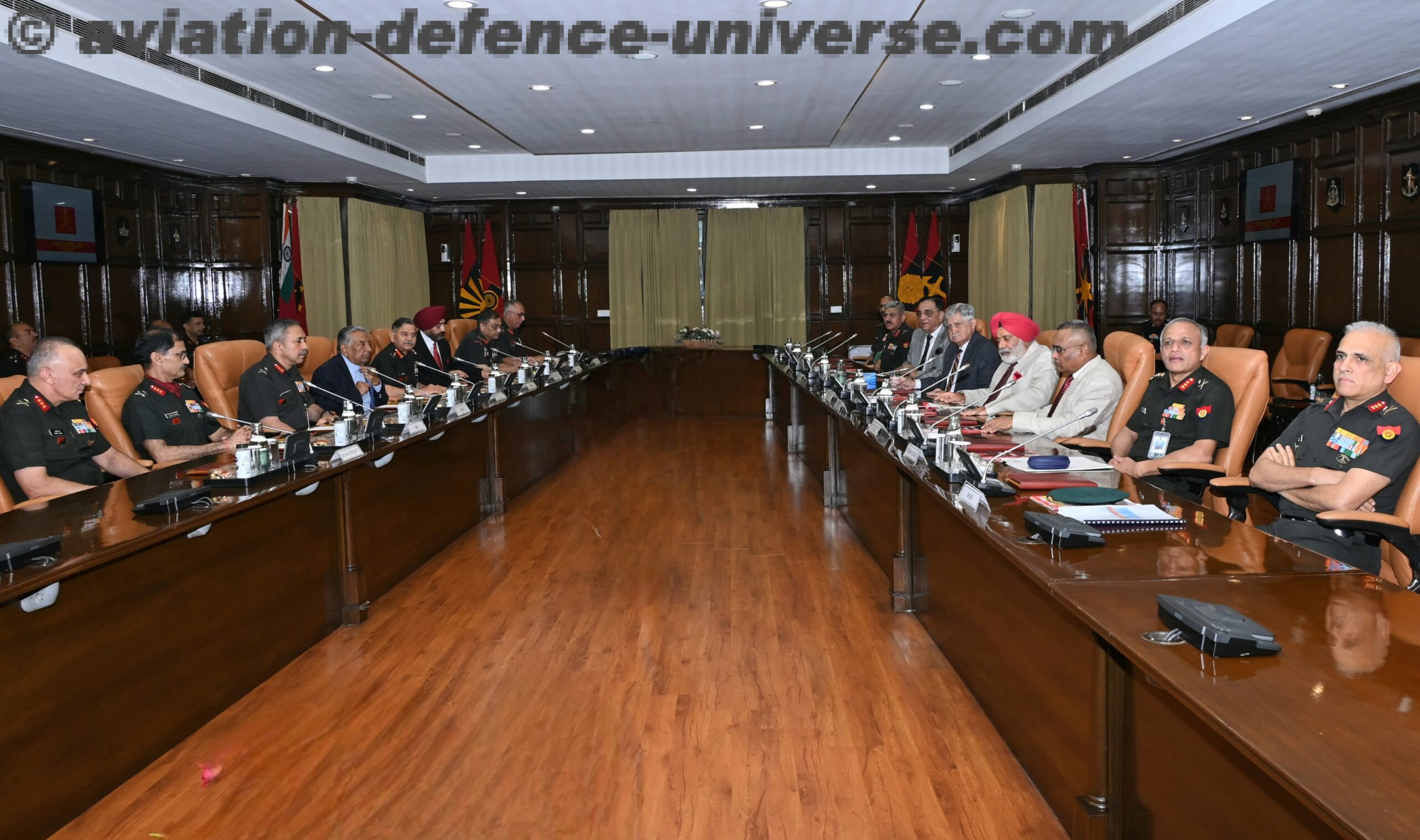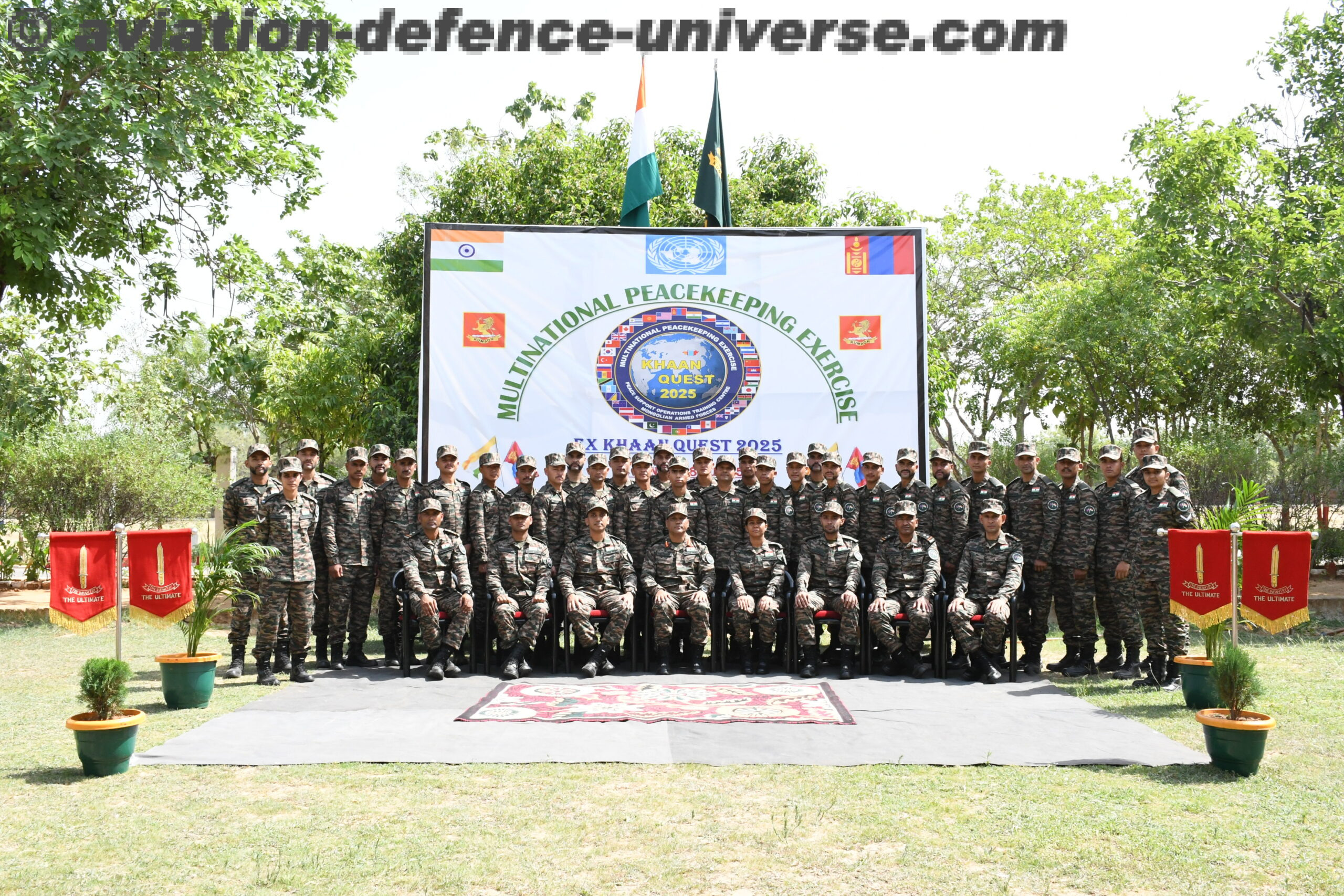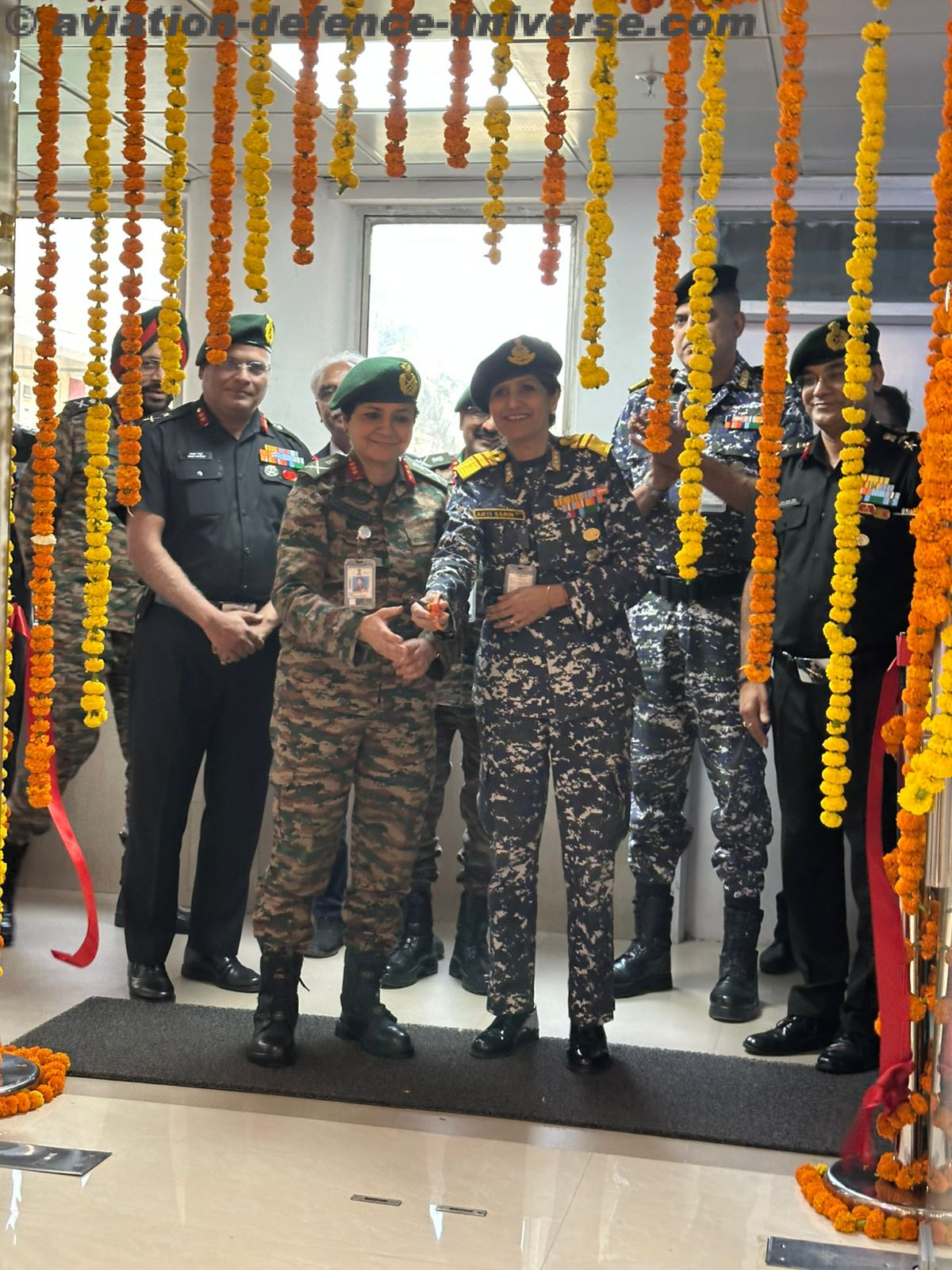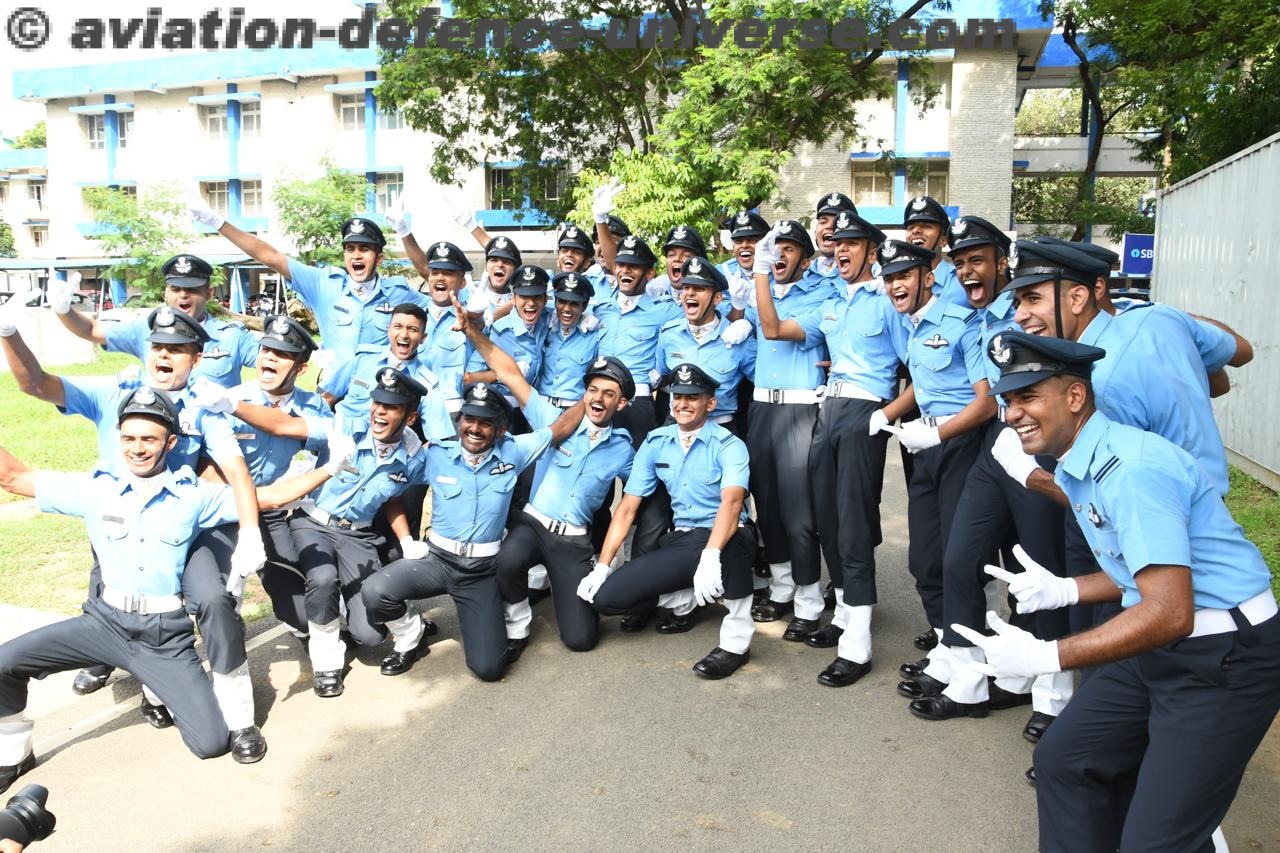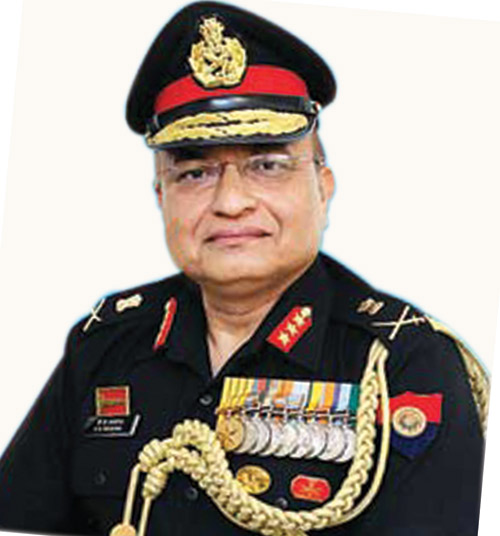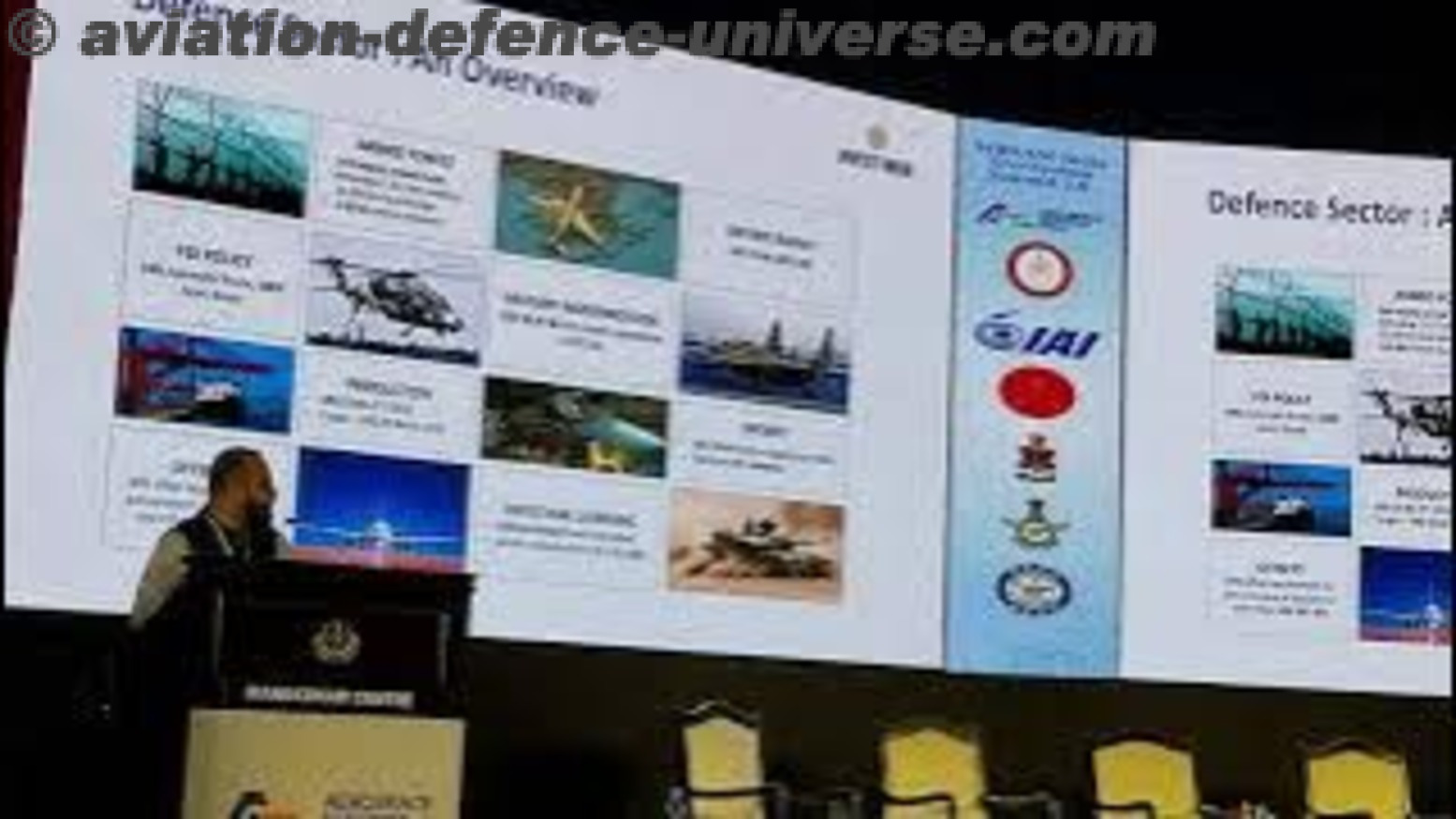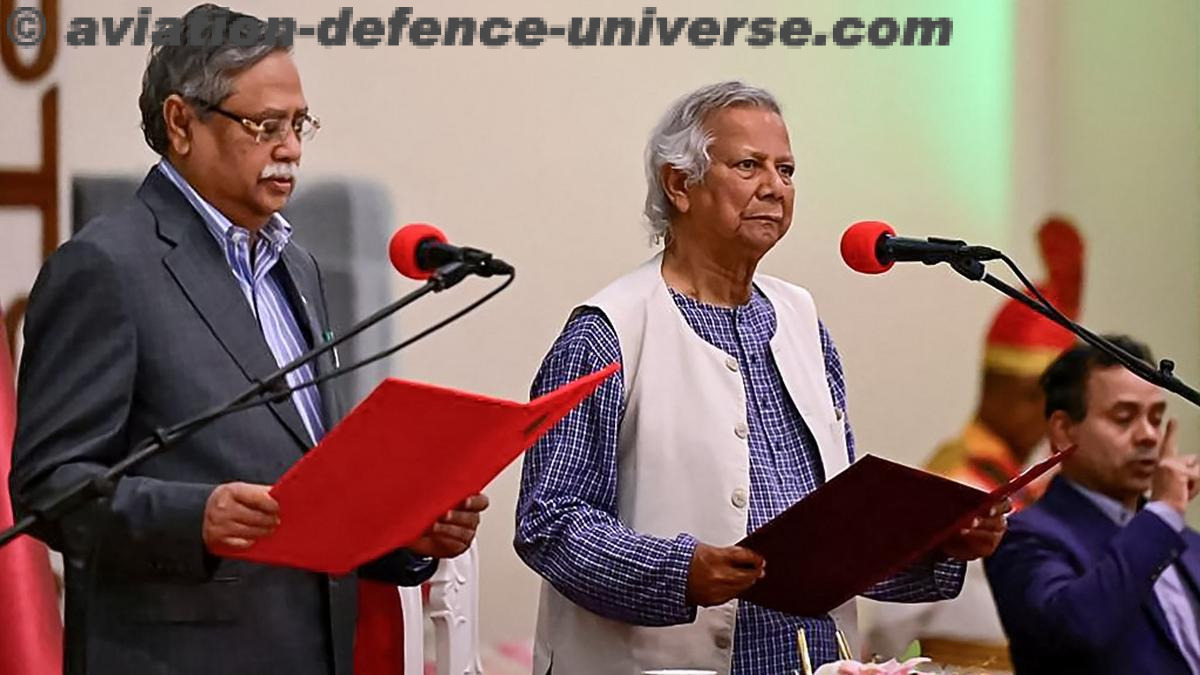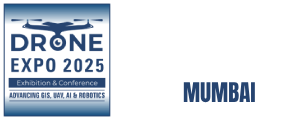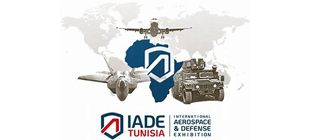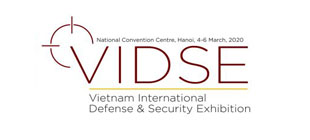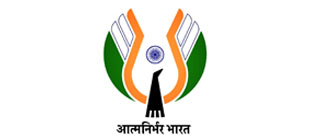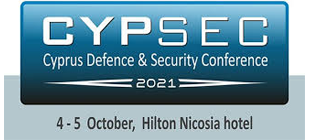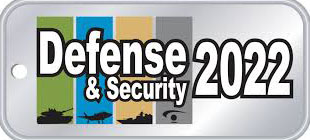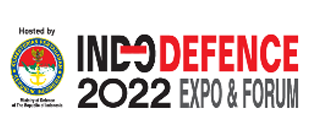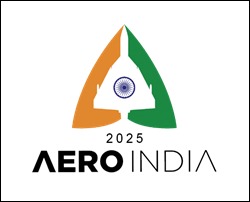- Revolutionizing Defence Manufacturing with AI, IoT, and Blockchain
By Ashish Kansal
Bangalore. 13 February 2025. The defence manufacturing industry is undergoing a paradigm shift with the advent of Innovation 4.0, which integrates cutting-edge technologies such as Artificial Intelligence (AI), the Internet of Things (IoT), blockchain, and quantum computing. These advancements are redefining the way modern warfare and defence logistics operate, making them more efficient, autonomous, and intelligent. Governments and private players worldwide, including India, are actively embracing these disruptive technologies to enhance national security and build self-reliant defence ecosystems. With strategic initiatives like ‘Make in India’ and international collaborations, the defence sector is poised for a transformative leap into the future.
When we combine data and experience with innovation and focus on serving the customer, the results are for sure to be seen. Industry 4.0 is the birth of the fourth industrial revolution – a hybrid mix of Artificial Intelligence (AI), the Internet of Things (IoT), cloud computing and big data. It is the next evolutionary step, up, from our current digital revolution into a new age of connected technologies and devices and data-driven insights. It has a cross industry impact taking all industries including defence, in its wave.
I 4.0, or referred to as Innovation 4.0, holds promise for manufacturers across all industries including defence sector where the manufacturers in the commercial and military space are encouraged to produce autonomous and intelligent systems. Main technologies being considered include robotics, augmented reality, Cyber warfare, Artificial Intelligence and LLM algorithms being used for war gaming, etc. thereby coming up with solutions for land, sea, air and space.
Here is a closer look at some of these game changers and shifts in technology.
Artificial Intelligence (AI) technologies have been a disruptive influence throughout the defence sector. Drones, robots, war games, simulators and unmanned vehicles perform tasks, such as, visual perception and decision-making, which typically required human intelligence and manual intervention, thereby reducing the need for humans to risk their lives in the battlefield.
AI also helps in areas where significant manpower is currently used to manually process and analyze data, which can delay effective decision-making – for example, automation in assessment of events in real time and predicting future scenarios based on historical patterns and trends, as well as in image classification, face recognition and intelligence reporting.
Blockchain technology and Quantum computing are also regarded as one of the most exciting technologies to be linked to the defence industry in recent years. There technologies are especially suited to the defence sector because of the high levels of security it offers. As the data is not stored in a single location, there is no centralized version of the information which can be hacked or accessed by external forces. This resilience in withstanding attacks is the reason why Blockchain is a compelling solution for those in the defence sector with its distributed node system allowing layers of security inside a sealed network, run by quantum computers providing enormous power and speed.
Companies are already exploring the use of blockchain technology to create smart documents that can be stored securely in difficult and sensitive environments. One of the large US defence company has announced its intention to integrate blockchain features into its data systems to address threats such as manipulation in its ‘networked and weapons system embedded cyber physical systems’.
Another phenomena which is not new but interesting, nevertheless, is cloud computing. It has changed the way that the defence organizations have done business over the past decade, replacing the historically used ‘siloed’ systems. Organizations are exploring options of moving their data to computer servers over the cloud.
One of my favorite trends in recent times is the evolution of the Internet of Things (IoT) that refers to devices that are connected to the internet and ‘talk’ to each other. Although these devices are relatively new to the commercial sector, the defence industry has been at the forefront of the development of IoT technologies. For decades, the defence industry has been using aircraft, ground vehicles, ships and weapons systems that are connected to a common network to share tactical data with one another, long before this technology gained momentum in other industries.
Closer home, the Government has put together several programs to foster innovation and embrace the latest technologies. Defence being a technology and innovation driven sector, latest technology and inventions are crucial to achieve self-reliance. We are looking at procuring these advanced technologies from foreign countries through bilateral arrangements, industrial policy and the Defence Procurement Policy. India also has bilateral and multilateral international ties with countries such as Russia, Israel, USA, South Korea, Singapore, UK, etc., for the development of strategic, unique, transformative, advanced technology / systems / platforms under the ‘Make in India’ initiative. Apart from this, Indo-US Defence Technology and Trade Initiative (DTTI) and a Joint Working Group (JWG) on Defence Equipment and Technology Co-operation with Japan have been set up to promote co-operation in the field of defence equipment and technology.
The Foreign Direct Investment (FDI) policy for defence has also been revised in 2020, and under the modified policy, FDI up to 74% is allowed through the automatic route, and upto 100% under government approval route, which is likely to result in access to the most modern technology in the shortest possible timeframe and helping our defence forces to be prepared to fight a multi-faced war. India received foreign direct investment (FDI) worth $3.21 million in defence industries during April-September period in FY 2023. The Department of Defence Production (DDP) has brought in number of Policy reforms for attracting investment including setting up Two Defence Corridors; one in Tamil Nadu and another in Uttar Pradesh which provide Plug & Play support to the industries.
In the Defence Procurement Procedure (DPP), under ‘Buy & Make (India)’ and ‘Buy( Global Manufacture in India)’ categories of capital acquisition, foreign companies and Indian companies are encouraged to work together to manufacture defence equipment in India as a part of the Make in India program. The main objective is to encourage technology partnerships between Indian and foreign companies.
It is not just the Government that is fostering the seeds of innovation. Our premier institutes like the IITs, IISC and institutes of academic excellence are also developing technologies and products to place us high in the list of global innovators. Take the example of a material called aluminum cenosphere syntactic foam. Work is on so that this can be used as a layer in buildings, bridges and flyovers to protect them from collapsing or suffering severe damage during a bomb blast. Another example is that of use of layers of varied materials, including ceramic and cellular foam in helmets used by defence forces, which will blunt the bullet, reduce its velocity and absorb its energy. The new helmet will make sure the bullet does not penetrate the helmet and there is no ‘back face signature’, which is a deformity caused on the helmet by the bullet. Start-ups and niche technology providers have also contributed to the defence sector through their innovative drones used in anti-combing operations, for surveillance under waters and to check movements on our borders.
The technology institutes are also collaborating with the Defence Research Development Organization (DRDO), to build technologies to thwart mine attacks, assess their impact, and to build a “spy-balloon” — conceptualized as a drone — among others.
We are at the cusp of a very exciting phase for the defence sector. With the opening up of the defence industry to private players, a large number of small and big companies/start-ups/ MSMEs etc. are on their journey to make use of these path breaking disruptive technologies in the solutions being offered to the Indian defence forces. Quite a large chunk of these technologies are currently under demonstration at the ongoing Aero-India 2025 at Bangalore. India is trying hard to come up with its indigenous 5th Gen Fighter aircraft AMCA and with the thrust and help being extended by GoI, we are not far from achieving this dream.
As defence manufacturing continues to evolve with Innovation 4.0, integrating AI, IoT, blockchain, and quantum computing will be critical for national security and operational superiority. India’s push towards self-reliance, supported by policy reforms, defence corridors, and global partnerships, is accelerating the adoption of these disruptive technologies. From futuristic drones to next-generation combat systems, defence players—both large and small—are leveraging technological advancements to revolutionize the sector. With ongoing efforts in research, development, and innovation, India is steadily moving towards becoming a global leader in next-generation defence manufacturing.
(Ashish Kansal is a seasoned strategic and communications expert with over 25 years of experience at Bharat Electronics Limited (BEL), where he played a key role in marketing, product support, and corporate communications. Currently, he serves as an Independent Director at Infonative Solutions, bringing his vast experience in technology-driven solutions and market expansion strategies. The views in the article are solely the author’s. He can be contacted at editor.adu@gmail.com).




